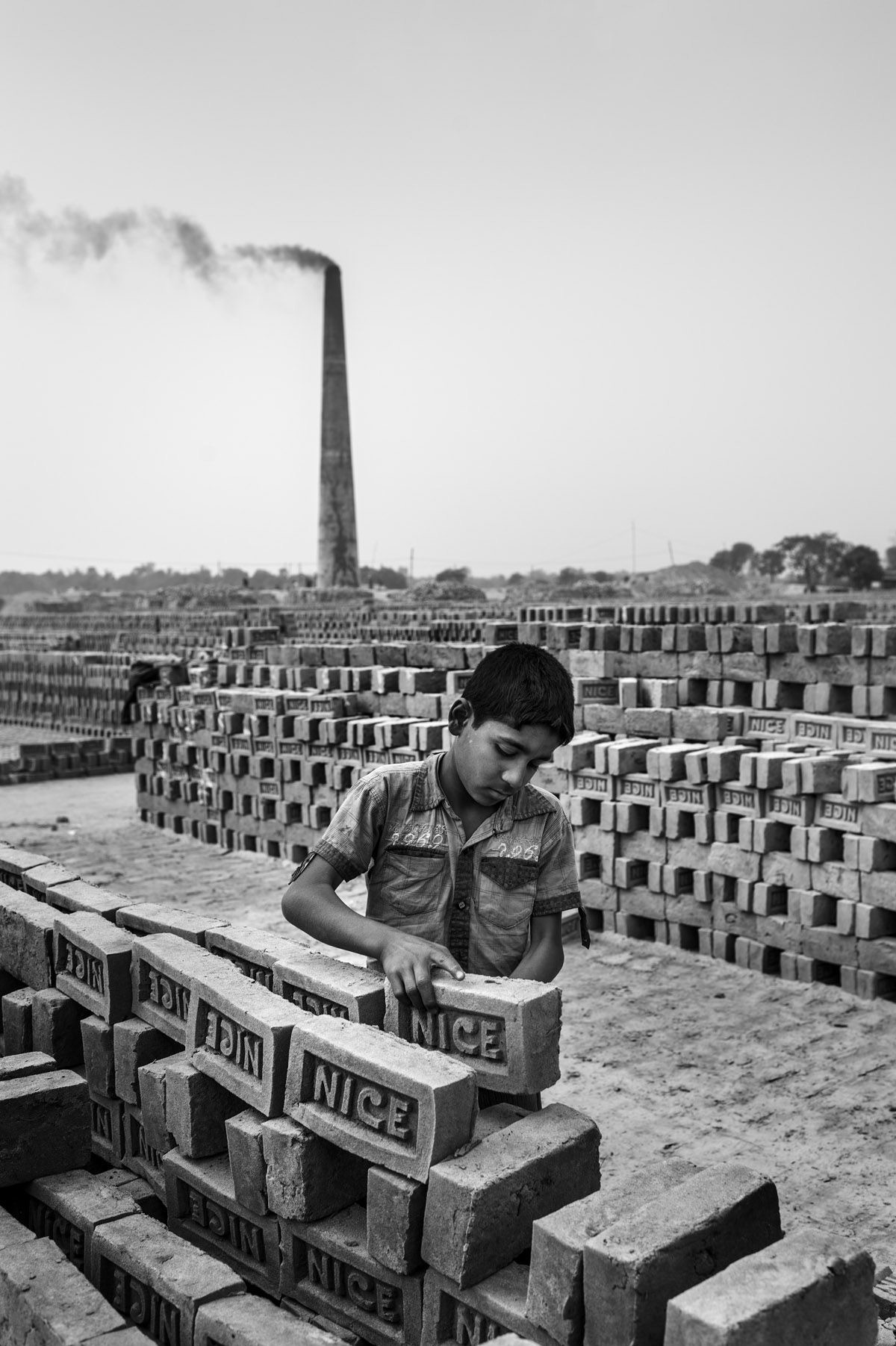
The silent failure of our global institutions to end child labour despite decades of conventions
In an era that celebrates human progress, the persistence of child labour remains one of the most profound moral contradictions of our time. While global institutions speak of justice and sustainable development, millions of children continue to toil in fields, factories, and mines — unseen, unheard, and unprotected. According to the International Labour Organization (ILO) and UNICEF, nearly 138 million children worldwide were engaged in child labour in 2024, including around 54 million in hazardous work likely to jeopardise their health, safety, or development.
The United Nations Convention on the Rights of the Child (UNCRC), adopted in 1989, declared that every child has the right to education, rest, and protection from economic exploitation. Yet decades later, these rights remain unrealized for countless minors across the Global South. In the words of António Guterres, Secretary-General of the United Nations, “Child labour is not only a violation of human rights — it is a betrayal of intergenerational trust.”
The ILO’s Convention No. 138 on the minimum age of employment and Convention No. 182 on the worst forms of child labour were hailed as historic milestones. Nearly every member state of the United Nations has ratified these conventions, a rare achievement in global governance. Yet ratification has not translated into enforcement. Many nations continue to overlook child labour within their informal economies, agricultural sectors, and increasingly, within global supply chains tied to multinational corporations.
In South Asia and Sub-Saharan Africa, the crisis is most acute. The ILO-UNICEF Joint Report (2023) reveals that one in five children in Sub-Saharan Africa is engaged in labour — a figure that continues to rise amid poverty, conflict, and weak institutional oversight. Meanwhile, in South Asia, millions of children remain trapped in garment production, brick kilns, and domestic service. Each stitch, each brick, each hour stolen from education is a silent testament to the world’s indifference.
At a 2024 session of the International Labour Conference, Gilbert F. Houngbo, Director-General of the ILO, stated: “We cannot celebrate progress while the smallest hands still bear the weight of our economies.”
Despite the existence of Target 8.7 of the United Nations Sustainable Development Goals (SDGs) — which calls for the elimination of child labour in all its forms by 2025 — progress has stagnated. The UN SDG Progress Report (2025) warns that at the current rate, this target will not be met even by 2050.
In conflict zones, the situation is even more dire. UNICEF reports that in regions affected by war — from Yemen to the Democratic Republic of the Congo — children are not only labourers but also forced participants in armed groups. The Office of the Special Representative of the Secretary-General for Children and Armed Conflict (OSRSG-CAAC) describes this as “the most egregious betrayal of childhood in the modern era.”
The private sector, too, bears an undeniable responsibility. The United Nations Global Compact urges companies to ensure supply chain transparency, yet enforcement remains voluntary. Investigations by independent watchdogs have repeatedly exposed child labour in sectors ranging from cobalt mining to cocoa production. In 2024, the UN Working Group on Business and Human Rights reiterated that “corporate ethics must not end where profit begins.”
The World Bank and UNDP have long argued that economic development is the key to eradicating child labour. Yet economic growth without equitable distribution often deepens the problem. As UNDP Administrator Achim Steiner observed in a 2024 report, “Development that leaves children behind cannot be called progress.”
Education remains the most effective antidote to child labour, yet more than 244 million children worldwide remain out of school, according to UNESCO’s 2024 Global Education Monitoring Report.
Technological and digital industries, once viewed as modern and ethical, are not exempt. Reports from the International Trade Union Confederation (ITUC) reveal that child labour persists in the extraction of raw materials used for electronics, batteries, and renewable energy components.
The Office of the High Commissioner for Human Rights (OHCHR) has called for a “renewed social contract” between states, corporations, and citizens to eliminate exploitation in all its forms. However, such language, though noble, remains aspirational. Without binding enforcement and political will, the conventions of the past risk becoming symbols of a moral failure — written commitments without living impact.
The UN Secretary-General, in his 2025 World Day Against Child Labour address, declared: “Every convention unfulfilled is a promise broken to a child.”
For all the conventions signed and summits held, the truth remains unchanged: children are still working when they should be learning, still surviving when they should be dreaming. Until that changes, our institutions — no matter how noble their words — will remain complicit in a silence that history will not forgive.
Post a comment